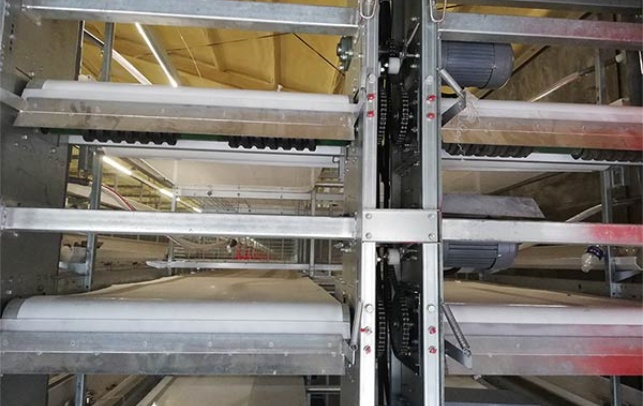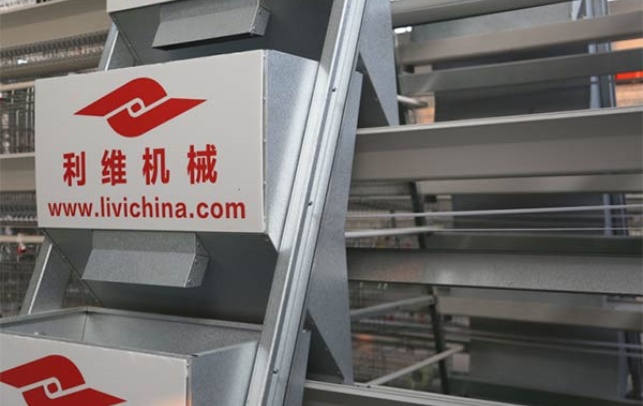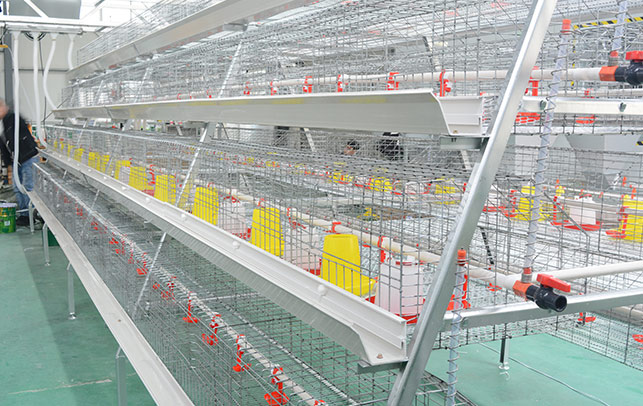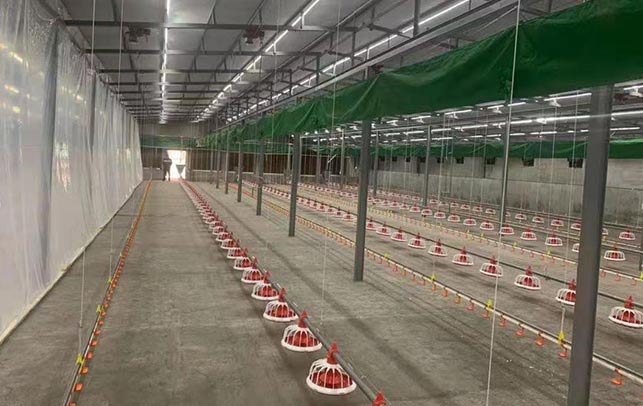How many chickens do you need for a poultry farm?
Time : 2024-06-03
When starting a poultry farm, one of the fundamental questions that arises is, “How many chickens do I need to start with?” This question is crucial as it directly impacts the scale of operations, the initial investment, and the potential returns. The optimal number of chickens for a poultry farm depends on various factors, including the size of the farm, the market demand, available resources, and the production goals. In this comprehensive guide, we will explore the considerations involved in determining the ideal number of chickens for a poultry farm.
Understanding Farm Size and Scale
The size of the poultry farm plays a significant role in determining the number of chickens needed. Small-scale farms may begin with a few hundred chickens, while larger commercial operations can have tens of thousands or more. The scale of the farm is often influenced by the available land, infrastructure, and capital investment. Additionally, the scale of the farm impacts the choice of farming method, whether it’s free-range, organic, or intensive farming.
Small-Scale Farms
For small-scale or backyard poultry farms, the number of chickens typically ranges from 50 to 500. These farms are often managed by individuals or families and cater to local markets or personal consumption. Small-scale farms require less initial investment and can be a starting point for those new to poultry farming.
Medium-Scale Farms
Medium-scale poultry farms usually range from 500 to 5,000 chickens. These farms are often more organized and may have dedicated facilities for egg production, broiler chickens, or both. They serve regional markets and may require more substantial investments in infrastructure and equipment.
Large-Scale Farms
Large-scale commercial poultry farms can have anywhere from 5,000 to several hundred thousand chickens. These farms are highly mechanized, designed for mass production, and often supply national or international markets. Large-scale farms demand significant capital, advanced management practices, and strict adherence to regulations and standards.
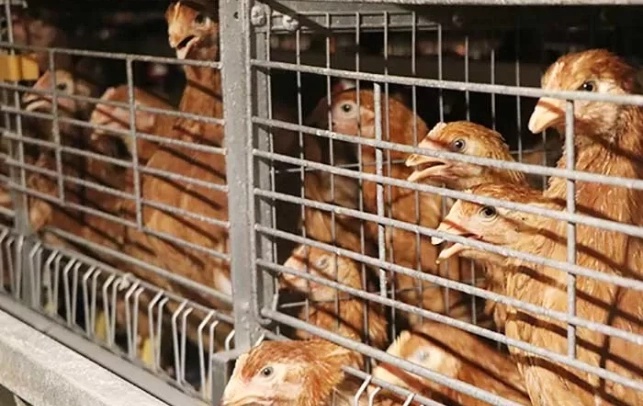
Market Demand and Production Goals
Understanding the market demand for poultry products is crucial in determining the number of chickens for a poultry farm. Factors such as the local population, consumer preferences, and competition influence the scale of production. It’s essential to conduct thorough market research to gauge the demand for eggs, meat, or other poultry products.
Production goals also play a pivotal role. Farmers must decide whether they aim to specialize in egg production, meat production, or both. The number of chickens required will vary based on these goals. For instance, a farm focusing on egg production might need a larger flock of laying hens compared to a farm specializing in broiler chickens.
Available Resources and Infrastructure
The availability of resources like land, water, feed, and labor significantly impacts the number of chickens a farm can sustain. Adequate housing, feeding systems, waste management, and biosecurity measures are essential for the welfare and productivity of the birds. A comprehensive assessment of available resources and infrastructure is necessary to determine the carrying capacity of the farm.
Considerations for Different Types of Poultry
Layers (Egg-Producing Chickens)
For farms primarily focused on egg production, the number of laying hens is a critical factor. The average laying hen can produce around 250 to 300 eggs per year. Based on the desired egg production and market demand, farmers can estimate the number of laying hens needed. Additionally, factors such as breed selection, housing conditions, and nutrition influence the productivity of laying hens.
Broilers (Meat-Producing Chickens)
In the case of broiler production, the focus is on raising chickens for meat. The number of broilers required depends on the target weight at slaughter, the market demand for chicken meat, and the production cycle. Broiler production involves shorter rearing periods compared to egg production, requiring careful planning to meet market demands.
Dual-Purpose Breeds
Some farmers may opt for dual-purpose breeds, which are suitable for both egg and meat production. When considering these breeds, farmers should balance the number of birds for egg-laying and meat production based on their specific market requirements.
Regulatory and Ethical Considerations
Poultry farming is subject to various regulations related to animal welfare, environmental impact, and food safety. Farmers must comply with these regulations, which may influence the maximum number of birds allowed per unit area. Additionally, ethical considerations regarding overcrowding, access to outdoor areas, and humane treatment of the birds should be integral to the decision-making process.
Conclusion
Determining the ideal number of chickens for a poultry farm requires a holistic approach that considers farm size, market demand, production goals, available resources, and regulatory considerations. Whether it’s a small-scale, medium-scale, or large-scale operation, each farm must carefully assess these factors to establish a sustainable and successful poultry business. By taking into account these considerations, farmers can optimize their operations, meet market demands, and contribute to the thriving poultry industry.






